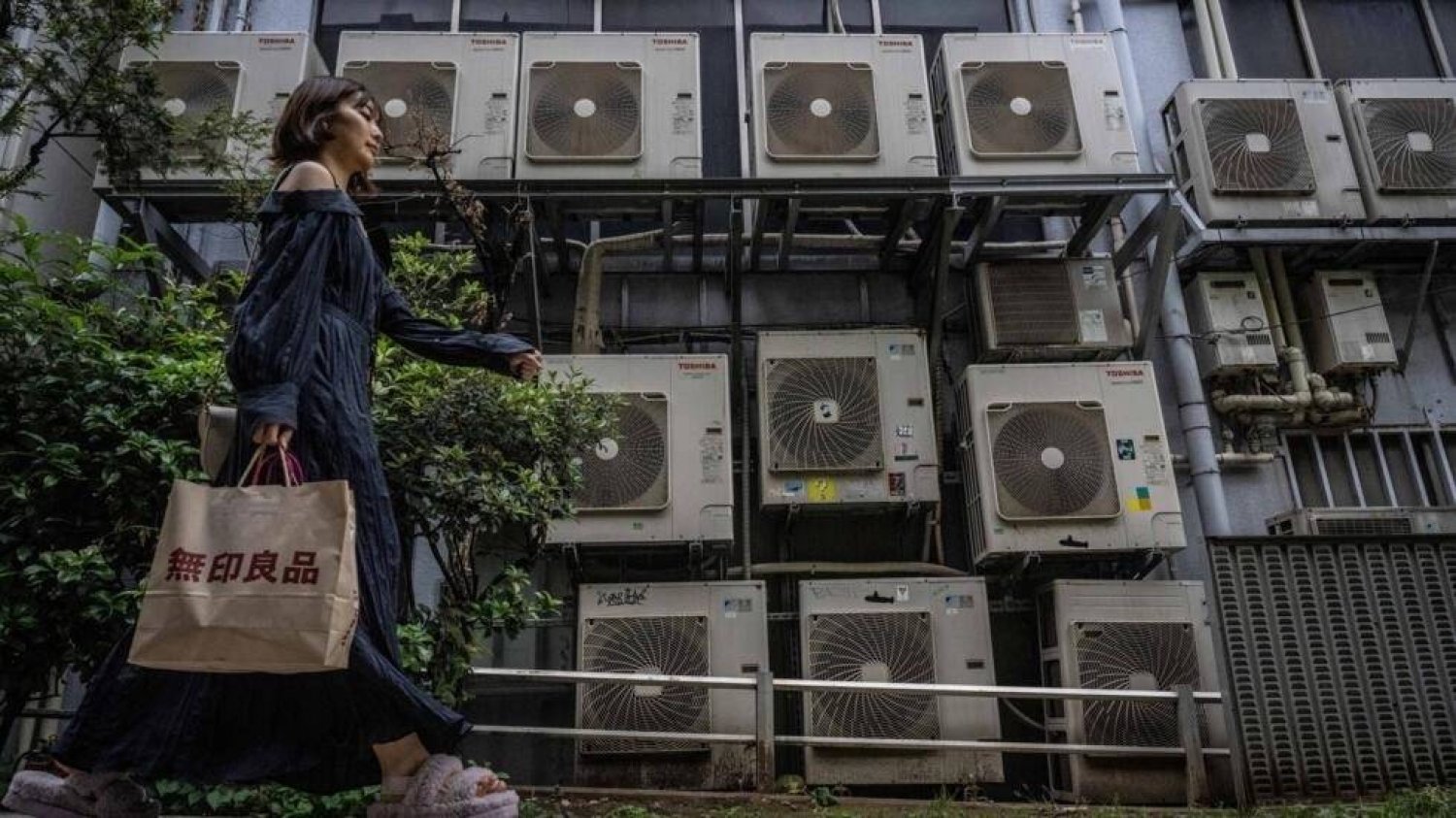The ancient inhabitants of the American Southwest used around 11,500 feathers to make a turkey feather blanket, according to a new paper in the Journal of Archaeological Science: Reports.
The people who made such blankets were ancestors of present-day Pueblo Indians such as the Hopi, Zuni and Rio Grande Pueblos.
A team led by Washington State University (WSU) archaeologists analyzed the approximately 800-year-old, 99 x 108 cm (about 39 x 42.5 inches) turkey feather blanket to get a better idea of how it was made. The blanket, which is currently on display at the Edge of the Cedars State Park Museum in Blanding, Utah, revealed thousands of downy body feathers were wrapped around."
"Blankets or robes made with turkey feathers as the insulating medium were widely used by Ancestral Pueblo people in what is now the Upland Southwest, but little is known about how they were made because so few such textiles have survived due to their perishable nature. The goal of this study was to shed new light on the production of turkey feather blankets and explore the economic and cultural aspects of raising turkeys to supply the feathers," said Bill Lipe, professor of anthropology at WSU and lead author of the paper.
"Another interesting finding of the study was the turkey feathers used by the ancestral Pueblo people to make garments were most likely painlessly harvested from live birds during natural molting periods. This would have allowed sustainable collection of feathers several times a year over a bird's lifetime, which could have exceeded 10 years," Lipe explained.
Archeological evidence indicates turkeys were generally not used as a food source from the time of their domestication in the early centuries C.E. until the 1100s and 1200s C.E., when the supply of wild game in the region had become depleted by over-hunting.
Prior to this period, most turkey bones reported from archaeological sites are whole skeletons from mature birds that were intentionally buried, indicating ritual or cultural significance, he noted.
















